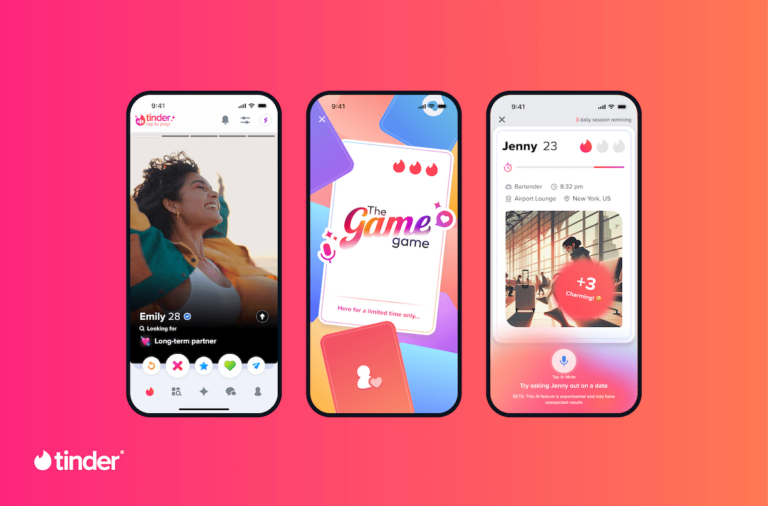Break Free from Doomscrolling: Effective Strategies to Reclaim Your Time and Mental Health
In today’s digital age, many individuals find themselves trapped in the cycle of doomscrolling. This compulsive habit not only affects our mental health but also disrupts our daily routines. If you’re looking to break free from the grasp of your smartphone and regain control over your time, this comprehensive guide offers actionable strategies to help you stop doomscrolling and foster a more balanced relationship with technology.
Understanding Doomscrolling: Why It Happens
Doomscrolling refers to the incessant scrolling through negative news and content on social media platforms, leading to increased anxiety and stress. It’s important to recognize that this behavior is not entirely your fault. The tech industry has designed algorithms that keep users engaged, often at the expense of their mental well-being.
The Role of Technology Companies
Consumer tech companies thrive on capturing our attention. Whether it’s through notifications or personalized recommendations, they aim to keep us hooked. Here are some common scenarios that illustrate this:
- Receiving unsolicited notifications while using fitness apps.
- Advertisements popping up during leisure activities like listening to music or messaging.
- Social media platforms that draw you in with engaging content only to distract you from your original intent.
How to Stop Doomscrolling: Practical Tips
Breaking the cycle of doomscrolling is challenging but not impossible. Here are effective strategies to help you regain control:
1. Acknowledge Your Habits
Understanding the impact of technology on your daily life is the first step. Use tools like Apple’s Screen Time feature to track your usage. Here’s how to set it up:
- Open the Settings app.
- Select Screen Time, represented by an hourglass icon.
- Monitor your daily average and set limits on app usage.
2. Set Screen Time Limits
Implementing strict screen time limits can significantly reduce your usage. Consider these features:
- Downtime: Schedule specific hours when certain apps are inaccessible.
- App Limits: Designate daily time allowances for specific applications.
3. Explore Third-Party Apps
If Apple’s built-in tools aren’t enough, consider these third-party apps designed to help you limit screen time:
- ScreenZen – Prompts you before opening apps.
- Opal – Focuses on productivity and limits app openings.
- Roots – Prioritizes quality usage time with features like “Monk Mode.”
- Touch Grass – Encourages outdoor activity by requiring a photo of grass to unlock certain apps.
Redirect Your Focus: Alternatives to Doomscrolling
When you feel the urge to doomscroll, try these engaging alternatives:
- Read a Book: Use apps like iBooks or Libby to access e-books and audiobooks.
- Play Games: Engage in non-stressful games such as The New York Times Games app for a fun distraction.
- Pursue Hobbies: Find a creative outlet that doesn’t involve screens, such as drawing, writing, or crafting.
Conclusion: Embrace a Healthier Digital Lifestyle
By implementing these strategies, you can effectively reduce doomscrolling and foster a healthier relationship with your smartphone. Remember, it’s about finding a balance that allows you to stay informed without becoming overwhelmed. For more tips on managing technology use, check out our other articles on technology management.







